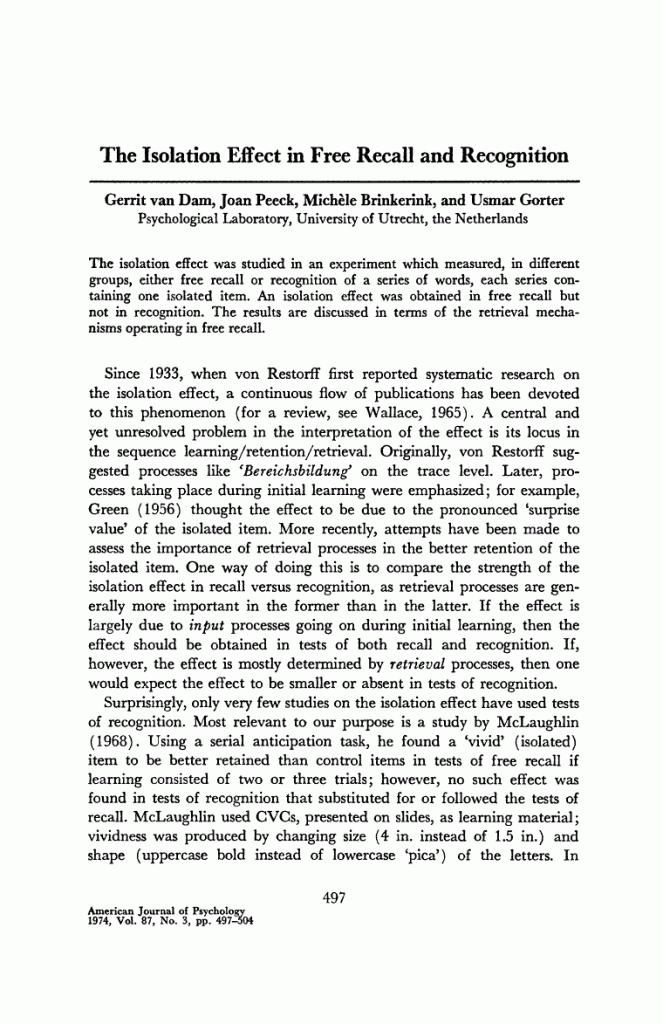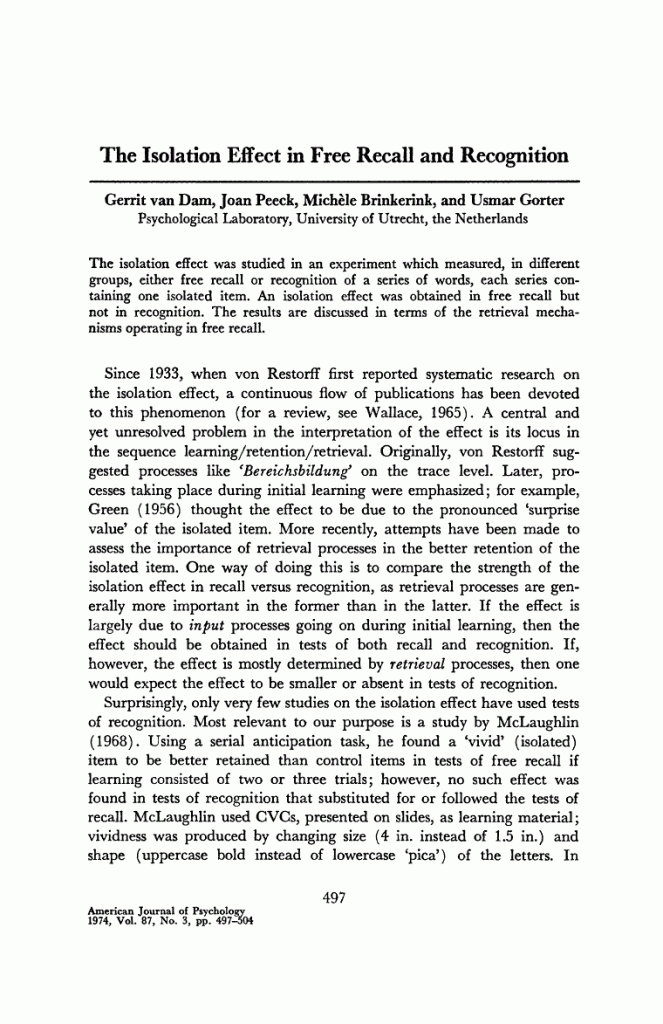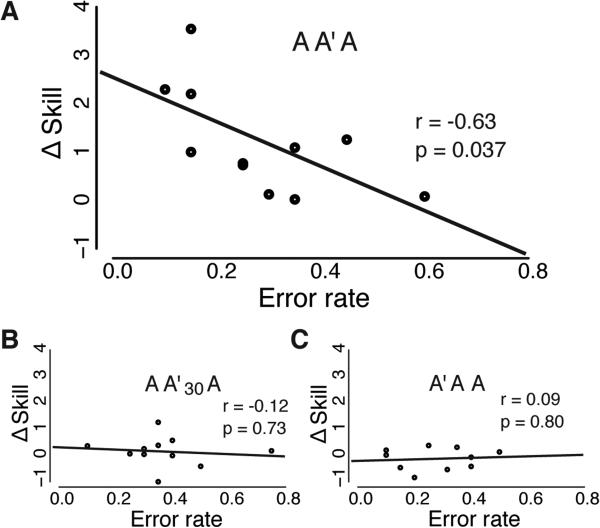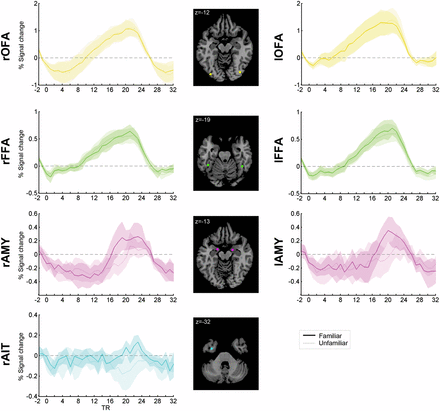
In 2017 we know more about the human mind than ever before. Artists can equip themselves with science to make educated guesses about how colors or another facet of human psychology affects people. Being able to reach someone on an emotional level is key if we want to sell a piece of art. Knowing that, we would be wise to arm ourselves with the latest in scientific study to further help increase our chances of being noticed in an ever global economy. In this article I will explore 5 scientific studies in the realm of creativity and human psychology which you can implement in your craft.
1) Is your art helping people?

Exciting red and competent blue: the importance of color in marketing
Most of you are probably aware of color theory. It’s the practical guide to color mixing and the visual effects of specific color combinations. Now you will probably also be aware about color choice being important in branding. But I’d ask you: Do you intentionally use blue in your art to have a calming effect on someone anxious? Do you use pink to elicit a strong emotional response in someone catatonic? Art doesn’t only have to be decorative. Art can be used to heal. The pharmaceutical industry uses these colors on their pills not because those colors have a chemical effect on the body but because studies show certain colors affect the psychology of the person taking the pill. Basically, a pink ibuprofen will help you reduce pain more than a white pill would. Could an artist armed with psychology help heal people?
2) Don’t think about the Unicorn

The Isolation Effect in Free Recall and Recognition
Science doesn’t just teach conformity it also encourages standing out. Our brains are wired to embrace routine and stay in the safe zones of what we know. But there is also a study that shows the benefits of disrupting our thinking patterns. Chaos is our friend. That doesn’t mean you should just mindlessly try to act erratic. No. People, although similar, in a lot of ways also have unique properties about them which means that you need to interrupt their unique pattern of thinking. Famous performance coach Tony Robbins knows this and he deliberately uses profanity or the most outrageous thing that we are thinking but dare not say to break the unconscious routine we live. Mentalists use this to induce hypnosis. Marketers use this to stand out as something unique and special while the truth might be that they are all the same.
In the art world the most successful artists are those who separate themselves from everyone else. Look at Jeff Koons or Damien Hirst. In a classic sense they are not artists but what they did really shocked people. When was the last time you were a little outrageous?
3) The Right Side of your Brain

Claremont Reading Conference – Hemispheric Specialization of Mental Faculties in the Brain of Man
Multiple studies have shown the difference in how the master artist brain works in comparison to a novice. The difference isn’t about the right side of your brain versus the left. The difference is in how you use your brain. MMRI’s have shown that master artists have less brain activity during painting. Whereas a novice artist is more stuck in an analytical mode which activates large portions of your brain seeking information to help paint. This however isn’t helpful because to truly focus on painting you need to actually calm down. Artists and the author Betty Edwards have noticed this phenomena of being in a different state of mind when actually immersed in drawing. To access this mode of seeing Betty Edwards instructs her students to draw portraits upside down. This will help you disconnect from your analytical mind and see a collection of shapes (ovals, squares, triangles) instead of abstract objects like eyes and lips.
4) How to use Smart Repetition

Motor Skills Are Strengthened through Reconsolidation.
Most people do not like boring activities. Unfortunately in art when learning the fundamentals, iteration is an inescapable part of your training. But I wouldn’t just draw for the sake of drawing. The smart way is to make it enjoyable and efficient. How?
Well studies show that learning happens faster if you intentionally implement variability into your routine. This means instead of drawing a portrait split your A4 paper into 16 equal parts and draw 16 mini portraits in a quick succession. By doing this you will accidentally in a short period of time find what looks good, faster, than you would by trying to perfect a single portrait. Getting feedback faster, getting those early simple wins when trying something new and challenging is instrumental in reaching mastery. Practicing is important but it’s a lot of wasted time if you aren’t smart about it.
5) Don’t Forget About Love

Human face recognition ability is specific and highly heritable
Do you know what roughly 80% of the most expensive paintings in the world have in common? It’s imagery of people. Mostly women. Older people nearing the end of their life do not care about photographs about landscapes. They only care about the photos with their loved ones. We are neurologically wired to recognize faces. This is the reason we anthropomorphize everything that looks the least bit human. A face will capture our attention. A familiar face will evoke feelings. Capturing emotion is the purpose of art. So don’t forget about love.
Wrapping it up

Behind The Scenes: What Lies Beneath? Understanding Art Using Science
A lot of these things we know innately, we have experienced them in some form or another but quite often it’s not a conscious thought. Some of these studies won’t shock you but I think it’s important that we arm ourselves with as much proven information that we can. Emotions may easily lead us astray so why not make the smart choice and educate ourselves to get a competitive edge?
The Science of Art




